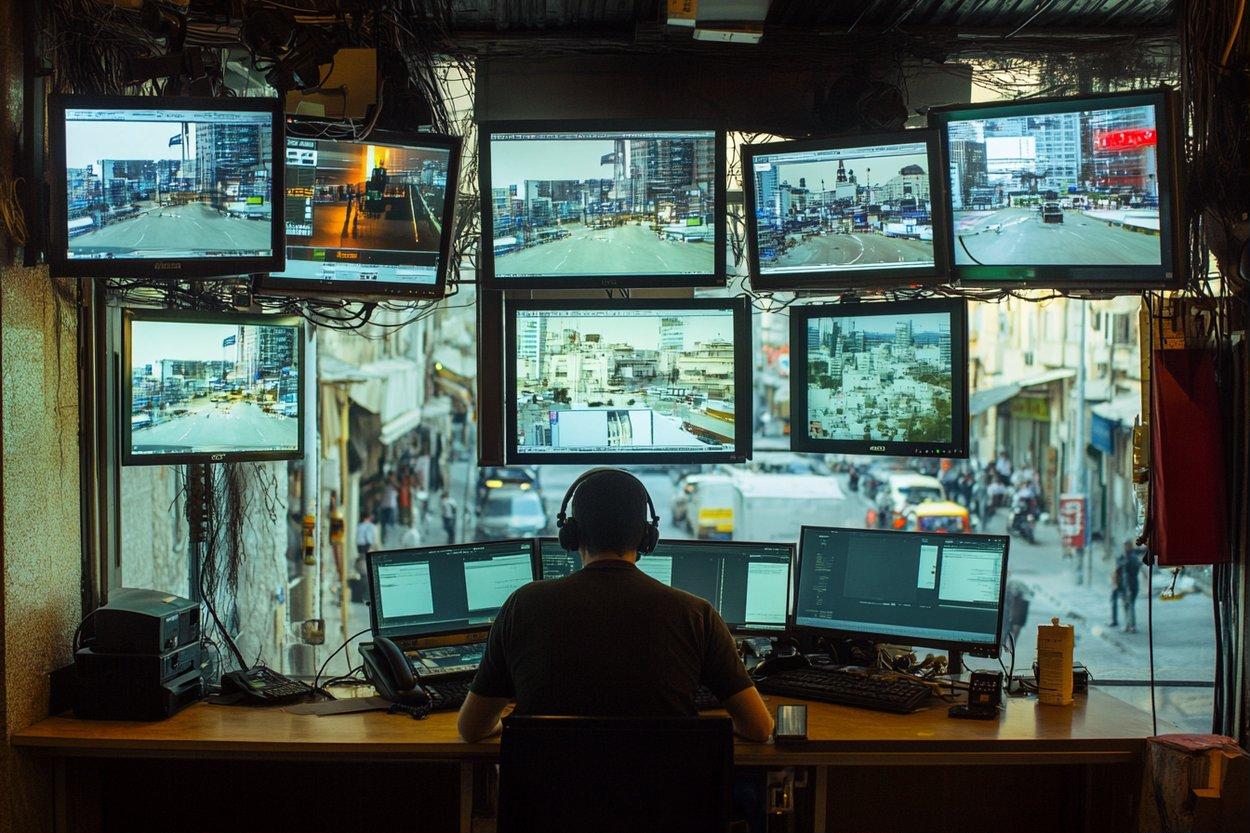Discerning the Invisible: Unmasking the Societal Impact of Hidden Disabilities
Hidden disabilities are often overlooked in mainstream societal discussions. Yet, they shape the experiences and identities of countless individuals, influencing societal dynamics in ways that are often underappreciated. Dive into the world of hidden disabilities and their nuanced implications on society in our comprehensive analysis below.
The Unseen Reality: Understanding Hidden Disabilities
Before we delve into the societal implications, it’s essential to grasp what hidden disabilities are. Unlike physical disabilities that are often visible, hidden disabilities refer to physical, mental, or neurological conditions that aren’t immediately apparent to others. These could range from learning difficulties like dyslexia and attention deficit hyperactivity disorder (ADHD) to mental health conditions such as depression and anxiety. The invisibility of these conditions can often lead to misunderstandings, discrimination, and social exclusion.
Historical Context: From Ignorance to Recognition
Historically, hidden disabilities have been misunderstood or dismissed due to a lack of knowledge or societal stigma. The invisible nature of these disabilities made it challenging for individuals to explain their experiences and needs, leading to a lack of support. However, over the past few decades, awareness and recognition of hidden disabilities have increased significantly. The Americans with Disabilities Act (ADA) of 1990, for example, broadened the definition of disability to include invisible conditions, marking a significant step towards inclusivity.
Contemporary Trends: Increasing Awareness and Acceptance
In recent years, societal attitudes towards hidden disabilities have been slowly changing. Increased awareness efforts, better education, and improved medical understanding have contributed to a gradual change in cultural perceptions. These changes are reflected in various sectors, from more inclusive educational policies to workplace accommodations. Despite the progress, there’s still a long way to go in fully acknowledging and accommodating the needs of individuals with hidden disabilities.
The Ripple Effect: How Hidden Disabilities Shape Society
Hidden disabilities have far-reaching implications on societal dynamics. They challenge traditional notions of disability, pushing society to redefine its understanding and broaden its acceptance. Additionally, they highlight the importance of mental health, pushing it to the forefront of health discussions. On an individual level, they influence identity formation, interpersonal relationships, and societal participation. Collectively, they underscore the need for inclusive policies and practices, shaping societal progression towards acceptance and equality.
The Power of Understanding and Inclusion
Understanding the societal impact of hidden disabilities is crucial in promoting a more inclusive society. While significant strides have been made, there’s still much work to do. By fostering understanding and breaking down barriers, society can better support individuals with hidden disabilities, allowing them to thrive and contribute fully to societal growth and development.
In a world where unseen conditions can significantly shape individual experiences and societal dynamics, acknowledging, understanding, and accommodating hidden disabilities isn’t just a matter of fairness—it’s a matter of societal progress.





